Dambadeniya: Medieval Capital of Strategic Importance
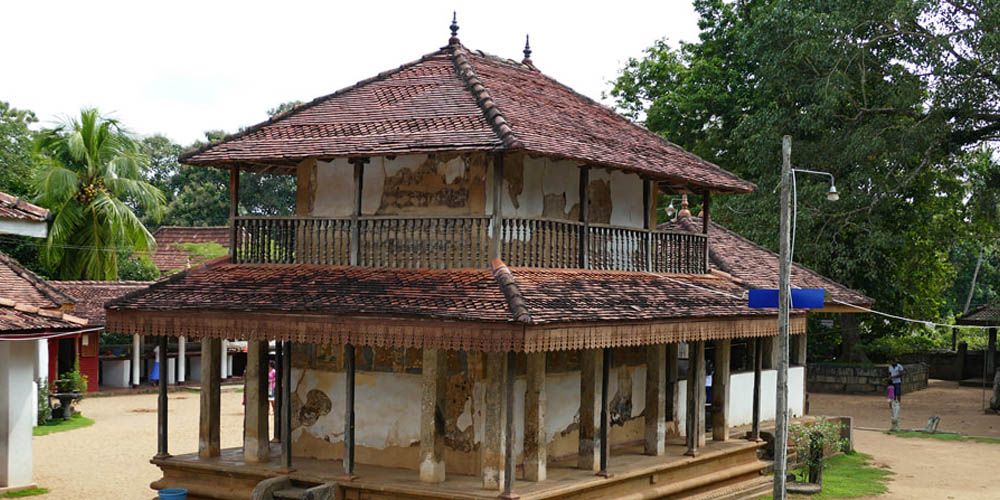
Dambadeniya served as the capital of Sri Lanka during a pivotal period in the island’s medieval history, from 1220 to 1272 CE. Strategically positioned in the Kurunegala District of the North Western Province, this fortified city rose to prominence following the decline of Polonnaruwa, marking an important transitional era in Sinhalese civilization.
King Vijayabahu III established Dambadeniya as his capital, seeking a more defensible location during a period of external threats and internal upheaval. The city’s elevated position on a rocky outcrop provided natural fortification, while its location facilitated control over vital trade routes and agricultural regions.
The Temple of the Tooth Relic
Dambadeniya’s greatest significance lies in its role as the custodian of the Sacred Tooth Relic of Lord Buddha. The Vijayasundarama Temple, built to enshrine this most venerated relic, stands as the city’s principal monument. Though more modest in scale than the great stupas of Anuradhapura, this temple represents a crucial chapter in the relic’s journey and the continuity of Buddhist kingship in Sri Lanka.
Archaeological Remains
The archaeological site features remnants of the royal palace complex, positioned atop a granite rock formation that rises approximately 500 feet above the surrounding plains. Visitors can explore the ruins of audience halls, guard houses, and defensive walls that showcase the military architecture of the period. The ascent to the summit offers panoramic views of the surrounding countryside, revealing why this location was chosen for its strategic value.
Notable structures include the remains of the royal tooth relic temple, stone inscriptions, and scattered ruins that provide glimpses into the administrative and religious life of medieval Sri Lanka.
Historical Legacy
Though Dambadeniya served as the capital for only five decades, it played a crucial role in preserving Sri Lankan sovereignty and Buddhist culture during a turbulent period. The city witnessed important literary and cultural developments, including the composition of significant Sinhala and Pali texts.
After the capital shifted to Yapahuwa in 1272, Dambadeniya’s political importance waned, but it remains an important archaeological site that illustrates the adaptive strategies of medieval Sri Lankan kingdoms facing changing political and military circumstances.
Visiting Dambadeniya
Today, Dambadeniya offers visitors a more intimate experience of Sri Lanka’s medieval heritage, set against a scenic rural landscape. The site provides valuable insights into the architectural and defensive innovations of 13th-century Sri Lankan civilization.
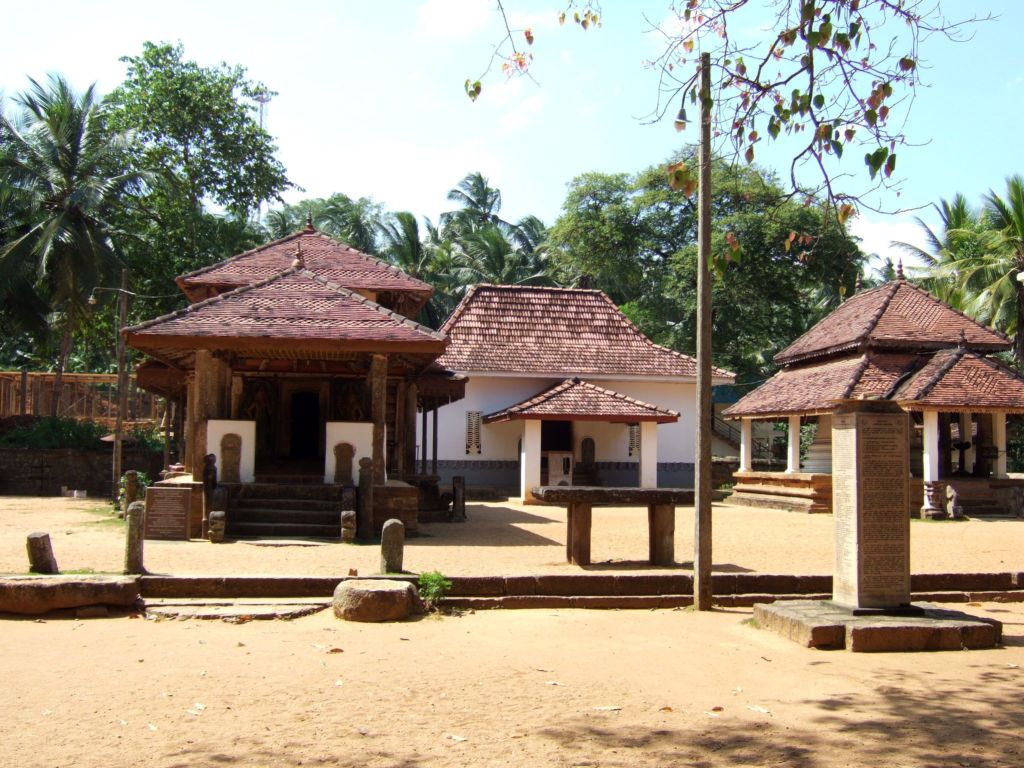
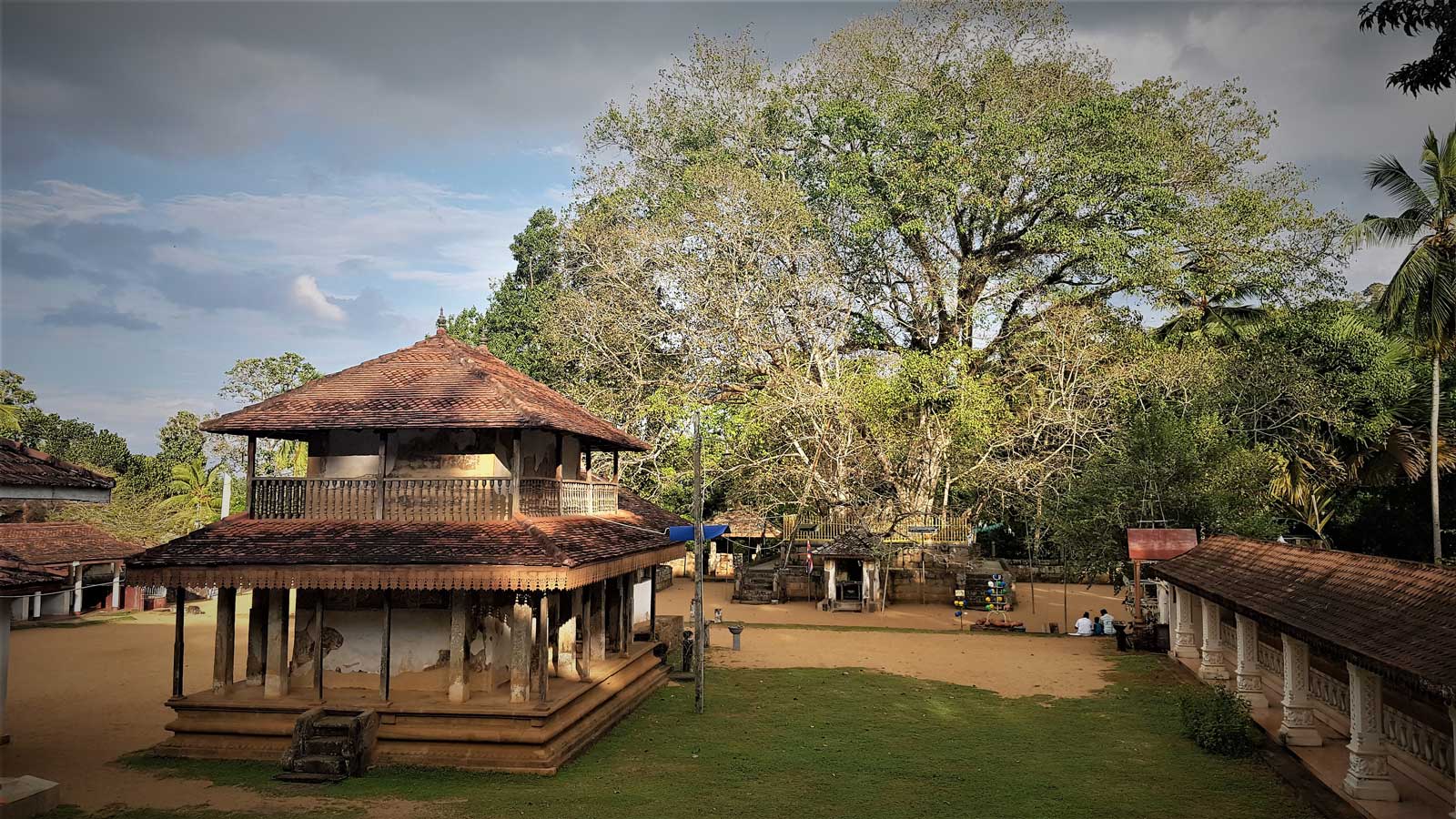
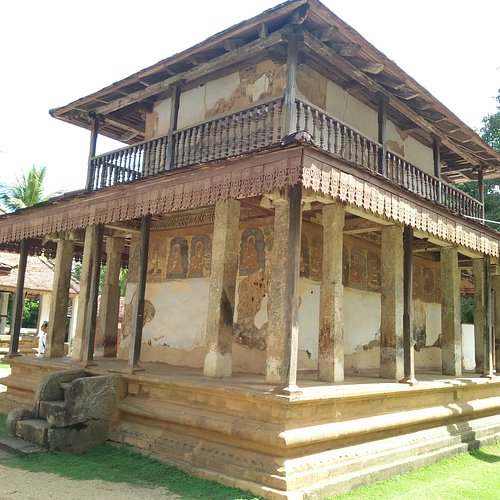
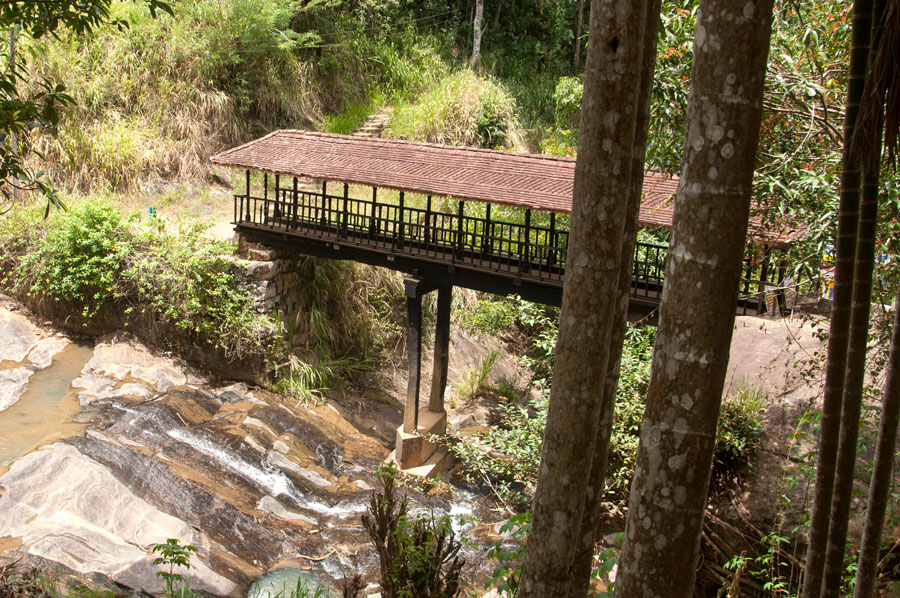
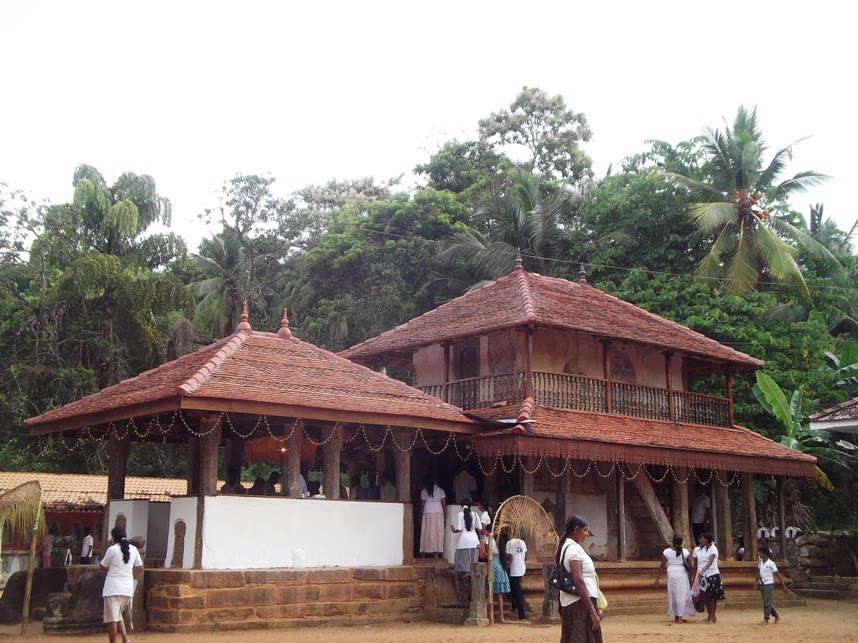
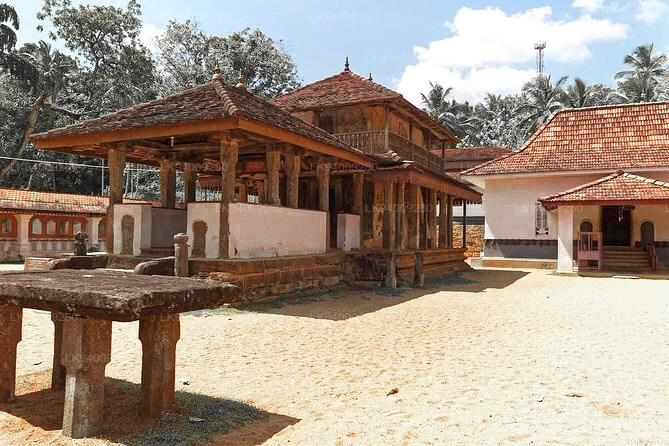
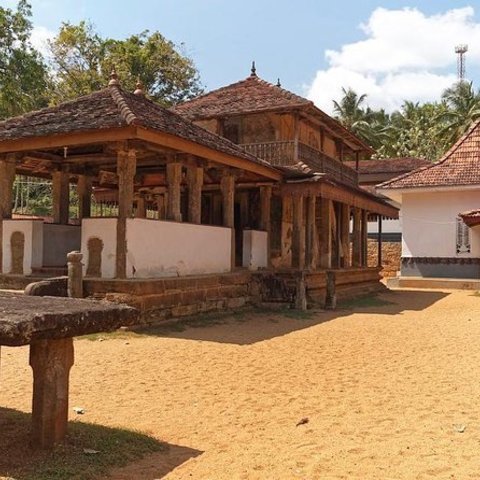
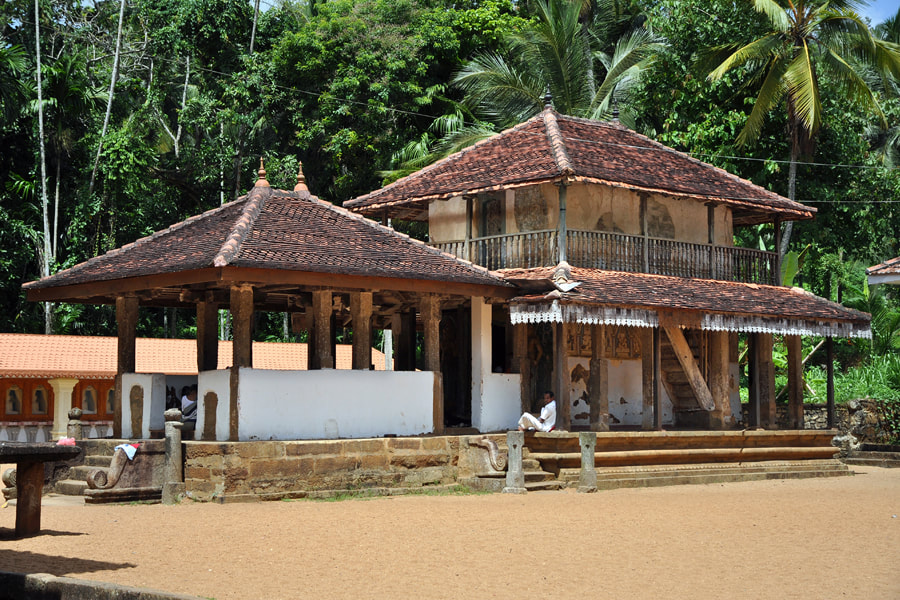
*Photo credits go to the respective owners
